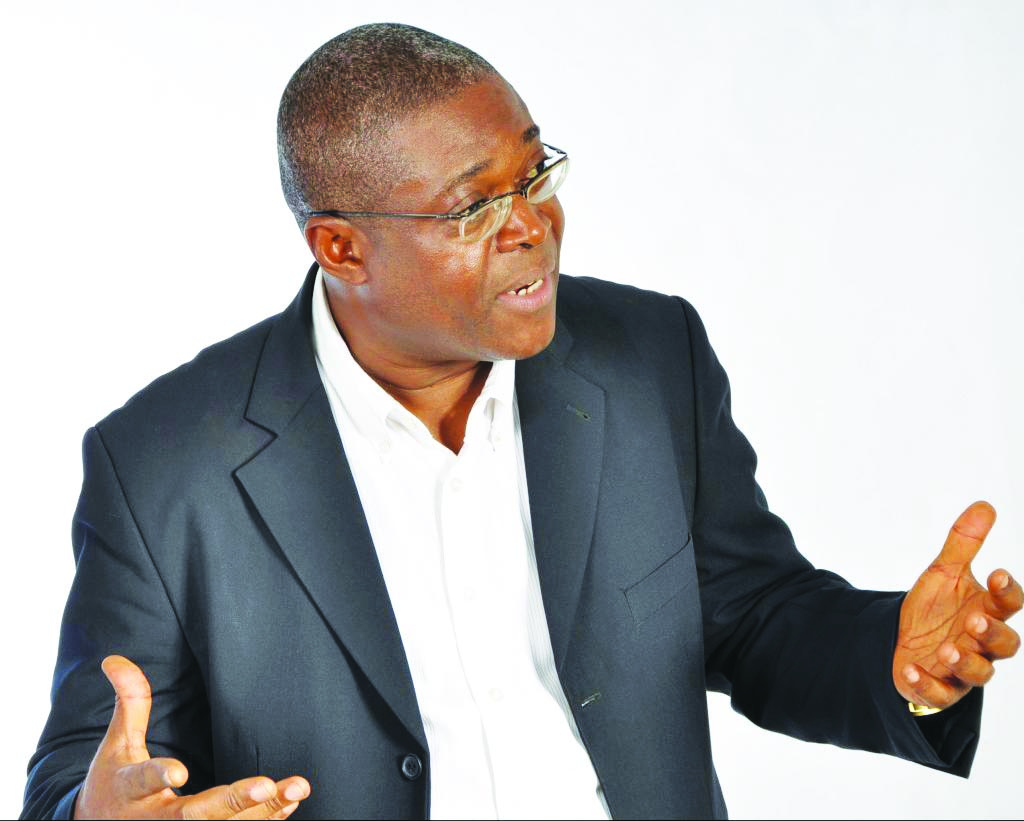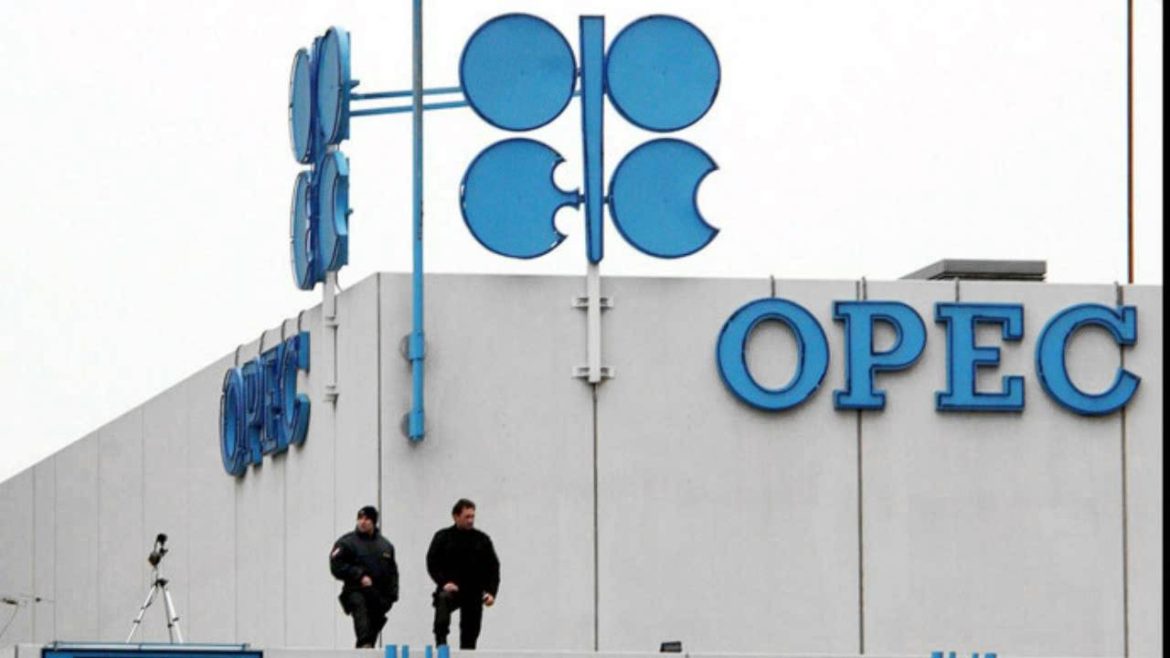As the world embraces diversified fuel sources, sophisticated energy facilities and different sources of clean energy, growth in the Nigerian gas industry is happening at a very slow pace, and the country is lagging behind. Poor implementation of the Gas Master Plan, inadequate gas infrastructure, and ineffective pricing, the key issues still persist. Chijioke Nwaozuzu, a former British Chevening scholar, a former PTDF Ph.D. scholar and current deputy director, Emerald Energy Institute of the University of Port-Harcourt, responds to questions posed to him by BUKOLA ODUFADE on the Nigerian gas industry.
What, in your view, are the reasons for the slow adoption of natural gas in Nigeria?
For domestic gas utilization to increase significantly, the international oil companies (IOCs) will have met their domestic gas supply obligation (DGSO) targets. The Nigerian Gas Master Plan (GMP) stipulated revised transitional pricing structure for gas to power projects in 2010, and ultimately a price of $2.50 per MMBTU was set in 2014 for contracts that are supplied under the DGSO scheme. The price by 2010 was $1.99 per MMBTU. The GMP also imposed penalties for non-compliance with the DGSO which include: payment for volumes not supplied, or a penalty price of $3.50/Mscf, whichever is higher; and disqualification from the supply of gas to any export projects.
However, the relevant government agencies have not been able to successfully impose the penalties. Non-compliants claim that they are unable to fulfill their obligations due to inadequate gas infrastructure constraints, and sub-optimal pricing for gas deliveries, plus other constraints.
Apart from not fixing prices, what other things can government do to drive private sector-led activities in the industry?
The economics of natural gas development and utilization are driven by the high cost of gas production/transport facilities, and the need for economies of scale.
Therefore, to drive an increase in private-sector led activities, government have to execute at the least, the gas infrastructure blueprint as contained in the GMP. An initial phase of about 2,500km of gas pipeline infrastructure was planned to be completed by the end of 2018. This target, when achieved, will boost investor’s confidence in natural gas market in the country.
To achieve this target, the plan to expand the Escravos-Lagos Pipeline System (ELPS) from 1.1 billion standard cubic feet per day (bscf)to 2.2 bscf/day needs to be completed. The Trans Nigeria Pipeline Project (TNPP) has to be completed. TNPP aims to inter-connect the gas pipeline systems in Nigeria to create an inter-connected system that will provide flexibility and better management of gas supplies. The framework of this system is an integration of the three gas pipeline systems: Obiafu-Obrikom-Oben (OB3) system with a flow capacity of 2.0 bscf/day, the Calabar-Ajaokuta-Abuja system with flow capacity of 3.0 bscf/day, and the Abuja-Kaduna-Kano system.
Furthermore, the anchor gas processing facilities need to be completed particularly the Gas Revolution Industrial Park (GRIP) at Ogidigben in Delta State, and the Deep Sea Port to be located at Gbaramatu. The GRIP was planned to warehouse a petrochemical plant, a fertilizer plant, an independent power plant (IPP) and a Central Processing Facility (CPF). These projects will have to be completed in order to achieve the three strategic themes of the gas revolution agenda launched in 2011. And they include: gas to power, gas-based industrialization, and gas for high value export (LNG & regional pipelines).
What do you make of the implementation of the country’s gas master plan? And do you think that producers of gas should be given incentives to the produced gas?
The implementation of the GMP [gas master plan] has been largely unsuccessful. The ultimate price of $2.5/MMBTU has not motivated the gas suppliers. The IOCs prefer a more market-led approach. As a result, they have fallen short of their DGSO targets. The Gas Infrastructures are at different levels of development. Moreover, progress on gas pipeline infrastructure is still agonizingly slow.
The GMP comprised three themes, namely, 1. Gas pricing policy. 2. the DGSO. 3. The gas infrastructure blueprint.
The gas revolution agenda, however, failed to capture other important themes such as:
- Gas to Liquids (GTL) for conversion to light synthetic and sulphur-free petroleum products,
- Gas to Compressed Natural Gas (CNG) for industrial use and for transportation and,
- Propane extraction from dry natural gas for transportation.
When LPG is used to fuel internal combustion engines, it is referred to as autogas or auto propane. Propane is the third most widely used motor fuel in the world, after petrol and diesel. According to 2013 estimates, there about 25 million vehicles fuelled by propane gas worldwide.
Gas producers (mainly the IOCs) would prefer a gas market based on international prices for gas. The issue of appropriate pricing for gas for domestic utilization has been at the core of their inability to meet their DGSO targets. Consequently, the IOCs are more interested in providing gas for the LNG export market.
For instance, the Nigerian Liquefied Natural Gas Company Ltd (NLNG) sale of LPG to the domestic market is based on the international benchmark price for LPG. Consequently, domestic gas development, supplies and transportation infrastructure will have to be dependent on our domestic oil and gas companies as reliance on the IOCs has failed this country.
How do we get more people and investments onto the gas value chain?
As previously stated, government has to take the lead to actualize the gas infrastructure blue-print, which will become the artery for future private sector-based investments.
Secondly, the Petroleum Industry Bill (PIB) contains a draft National Gas (Fiscal reform) Bill and a draft Downstream Gas Bill. These draft bills together are supposed to provide the framework for further gas sector development. Non-passage of these bills introduces a high level of uncertainty to potential investors, as they cannot commit to investments whose parameters and assumptions could be altered by a conflicting new or in-coming regulation.
On gas flaring, do you think monetizing the flares is the right way to go in order to reduce it?
The Nigerian government has launched a “Nigerian Gas Flare Commercialization Programme” (NGFCP), through the Nigerian National Petroleum Corporation (NNPC). The aim of the programme is to provide a commercial approach for the elimination of routine gas flares by 2020. The strategy is to achieve social, environmental and economic impacts in the Niger Delta region by mobilizing private sector capital towards ‘gas flare capture’ projects.
The programme has already identified about 140 flare points that together flare above 1 bscf/day. If those flared gas are captured, they could provide about 500,000 million tonnes of liquefied petroleum gas (LPG). Of these 140 flare points, 65 percent are onshore. Twenty of the 91 onshore flare sites are large enough to sustain a 50 megawatts gas turbine. It is expected that about $3.5 billion would be invested in the NGFCP, which could remove about 20 million tonnes of CO2 emissions per year, generate 2.5 gigawatts of electricity, provide 600,000 million tonnes of LPG per year, and create more than 300, 000 jobs. The programme would likely reduce the incidence of vandalism of oil and gas facilities in the Niger Delta, by improving the quality of life and by extension, standards of living.
Nigerian government is committed to ending routine gas flaring and unlocking the country’s gas potential. The Global Gas Flaring Reduction Partnership (GGFR) has provided an exclusive opportunity for “Zero Routine Flaring by 2030 Initiative” by accepting to finance pre-feasibility and feasibility studies for monetization of flare gas at oil production sites.
This initiative provides an excellent opportunity for Nigeria to meet its commitment to end gas flaring. In recent years, Nigeria, which was the second largest gas flaring nation in the world, is now ranked the seventh. This is due to increased domestic gas consumption, particularly gas to power projects.
New technologies also exist for gas processing to CNG, mini-LNG, mini-GTL and power generation for the monetization of gas.
The soot problem in Port Harcourt is a major challenge for Rivers State. What suggestions do you have for tackling this problem, because destroying illegal refineries is doing serious environmental damage to the state?
The soot issue has been as a result of a combination of gas flaring, pollution from industries (PH refineries, Indorama Petrochemicals, Notore Fertilizer Company, etc.), bush burning, and the destruction of illegal refineries.
To reduce the soot problem arising from illegal refineries, government has provided renewed efforts based on incentives for establishment of private-public sector based modular refineries in the Niger Delta region. The aim is to discourage illegal refining, and encourage the culprits to invest in modular refineries.
Soot resulting from heavy processing industries in PH area and bush burning can be contained by the State Government, by imposing pollution fines on the polluting culprits.
What are your thoughts on gas projects in the country, both on-going and yet to start?
As said previously, the bulk of the gas pipeline projects have either stalled or are progressing at a very slow pace. The gas central processing projects have similarly stalled.
Recently, the NNPC signed EPC (Engineering, Procurement, and Construction) contracts to develop a 614km Ajaokuta-Kaduna-Kano (AKK) trans-Nigeria gas pipeline project. The first lot of 200km has been awarded. The name of the bid winners for the second lot of 193 km is yet to be announced at the time of writing. The third lot would be 220km.
However, the AKK is expected to connect with the OB3 gas pipeline project which is yet uncompleted. The AKK project, when completed, will be the largest gas pipeline in Nigeria and is expected to improve connectivity between the eastern, western and northern regions of Nigeria.
There are inherent opportunities for Nigeria if the government could speed up the various gas pipeline projects as well as the planned central gas processing facilities.









